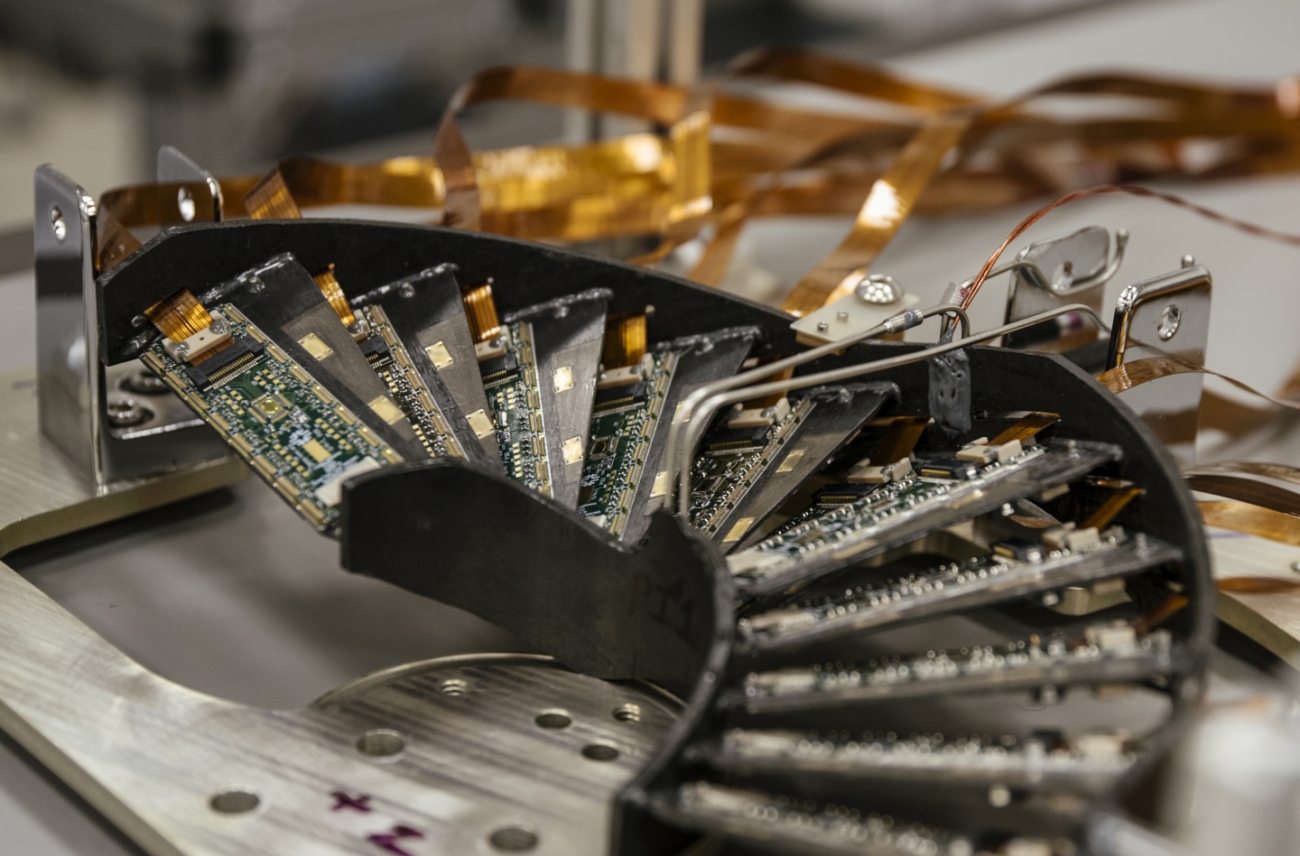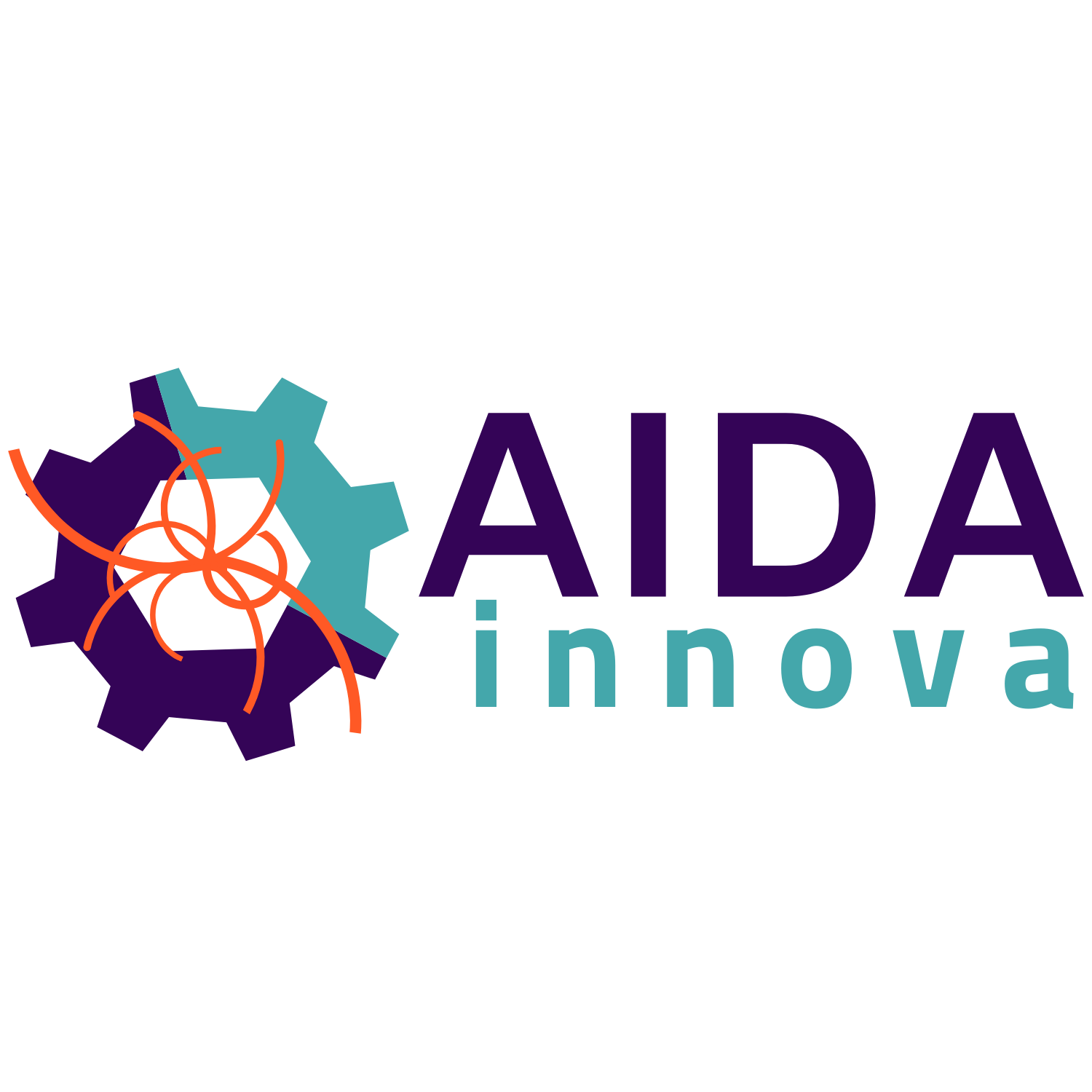
For more than two decades, a number of coordinated initiatives in Europe have targeted the fundamental and technological issues associated with the development and exploitation of the most advanced detectors for particle physics research. From the first type of detectors including photographic plates and bubble chambers to the state-of-the-art detectors used at the LHC experiments, Detector technologies have driven numerous breakthroughs in our understanding of nature, while also finding applications beyond high-energy physics.
Key to the success of R&D activities on Detector technologies has been the collaborative spirit and the coordination of efforts between partners from academia and industry. Following the success of the previous EC-funded initiatives AIDA and AIDA-2020, a new EC-funded project AIDAinnova - standing for Advancement and Innovation for Detectors at Accelerators - was successfully approved during the latest Research Infrastructure calls of Horizon 2020. Felix Sefkow, Scientific Coordinator of the project, recalls “previous R&D activities have been extremely successful in bringing together communities and helping to coordinate our efforts. Initially, EC-funded efforts were focusing on detector technologies for a future linear lepton collider but increasingly integrated LHC targeted activities as well as the development of detectors for neutrino experiments”. Looking back, one can see how these initiatives provide the main framework through which R&D on Detector technologies has been coordinated across Europe as well as with the global particle physics community.
“Initiatives like AIDainnova are unique in their capacity to bring together collaborators from different backgrounds and experiments. For example you have people from both the ATLAS and CMS experiments working together to advance radiation hard detectors or groups from linear and circular collider design studies coming together to work on the efficient design of future detectors for a lepton collider independent of its shape”. These projects are considered by the EU as part of infrastructure integrated activities but Sefkow explains that the interpretation includes every action needed to operate and get results from the proposed research infrastructures. “In that sense these actions do not concern only instrumentation for beamlines or radiation facilities but also common submissions of electronic chips, simulation tools for detector design or test bench for optical detectors. You name it. There are many areas of common interest for the users of the proposed future infrastructure”. Given the successful outcome of AIDAinnova’s predecessors, this approach has been positively received by the EC, highlighting the level of organization of the particle physics community that helps address the open challenges related to detector technologies.
Importantly, AIDAinnova fosters participation of national laboratories with matching funds, thereby increasing the scope and stabilizing the national funding. In fact, this is one of the greatest strengths of the project as it leverages coordination and coherence. “Thinking about the impact of AIDAinnova one has to consider the indirect but very important effect that this programme has through the coordination of efforts” adds Sefkow.
A third important pillar is the relationship with industrial partners. AIDAinnova fully integrates commercial players, 10 industrial companies and 3 Research and Technology Organisations (RTO), together with academic institutions into the consortium. Particle physics is no stranger to partnerships with the industry that help in producing the large quantities of material and equipment needed to construct Big Science accelerators and detectors. However, AIDAinnova inaugurates a qualitative transition. As Sefkow explains “I think that we are shifting from a customer-contractor relation to a more collaborative and symbiotic relation where we commonly define targets and embark on joint activities involving transfer of knowledge already in the development phase. This gives, on one hand, research centres access to technologies available to commercial companies, and, on the other hand, industries can get involved directly in the process of knowledge generation, a key advantage for using it in markets beyond the field of particle physics.”
But how much can be achieved with the timeframe of four years? Developments on detector technologies typically span longer timescales of 20 or more years from the first idea to a functional detector. Initiatives like AIDA act as accelerators of this process while sitting somewhere between original blue sky research and the intense work required during the detector installation and subsequent upgrades. “We see these initiatives lying in the middle between a pure playground where people follow their ideas and a big upgrade project with tight timelines and frequent review panels. We occupy a useful space in the middle with concrete milestones and deliverables that enable a wide range of R&D activities”.
The AIDAinnova programme will complement activities planned under CERN’s EP strategic R&D programme as well as with the next phase of the ATTRACT project. Moreover, the submission of the AIDAinnova largely profited from the preparatory work for the update of the European Strategy. The common goal of these activities is to formulate a solid roadmap for a medium-term timescale to advance R&D activities for detectors of a future Higgs factory, neutrino detectors, and support activities for the ALICE and LHCb experiments that are at pre-TDR phase and thus coincide with the horizon of 5-15 years seen by the partners of AIDAinnova. Besides the direct impact on the European detector research and industry, AIDAinnova is expected to have a broader societal impact through the training of the young generation of experts and the development of tools that can be used in other applications such as medical instrumentation, environmental monitoring and space science.
